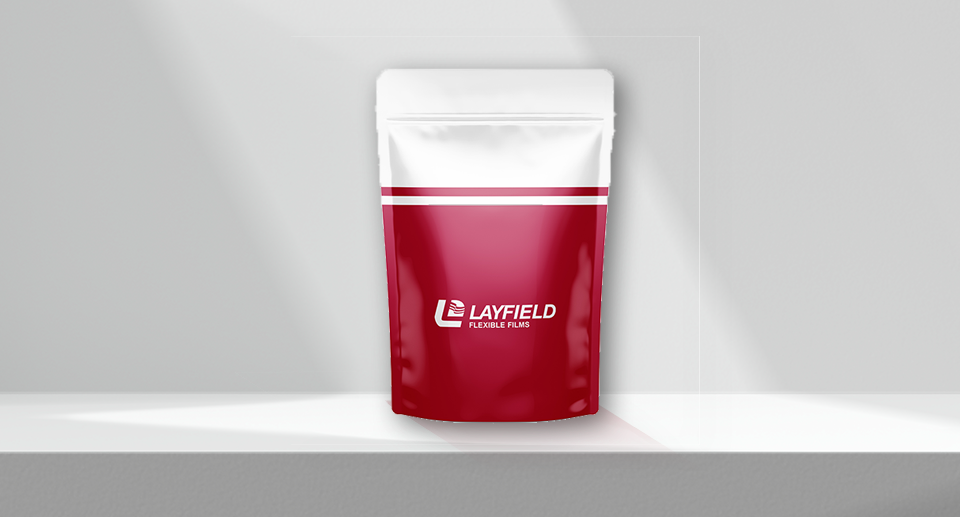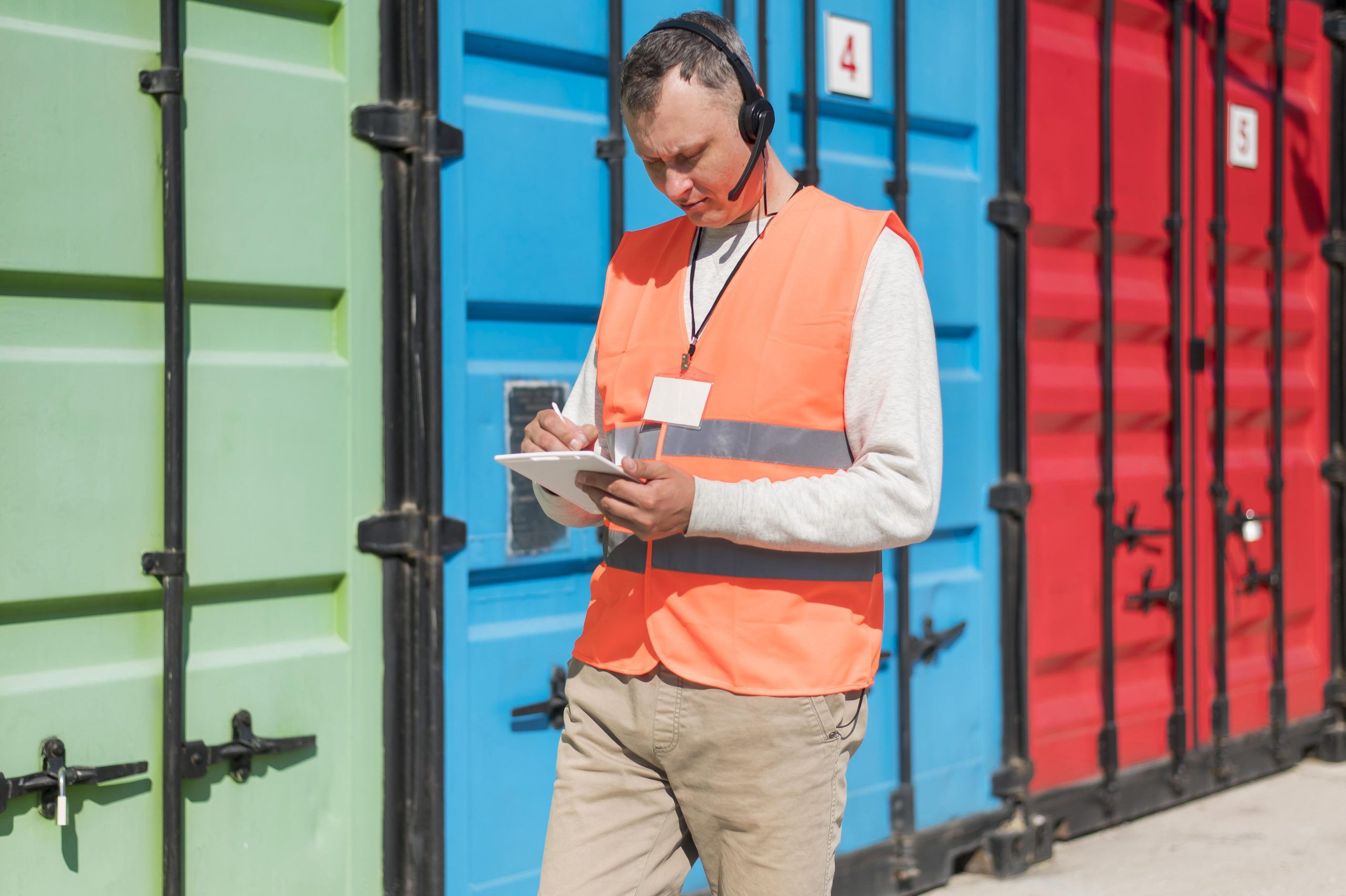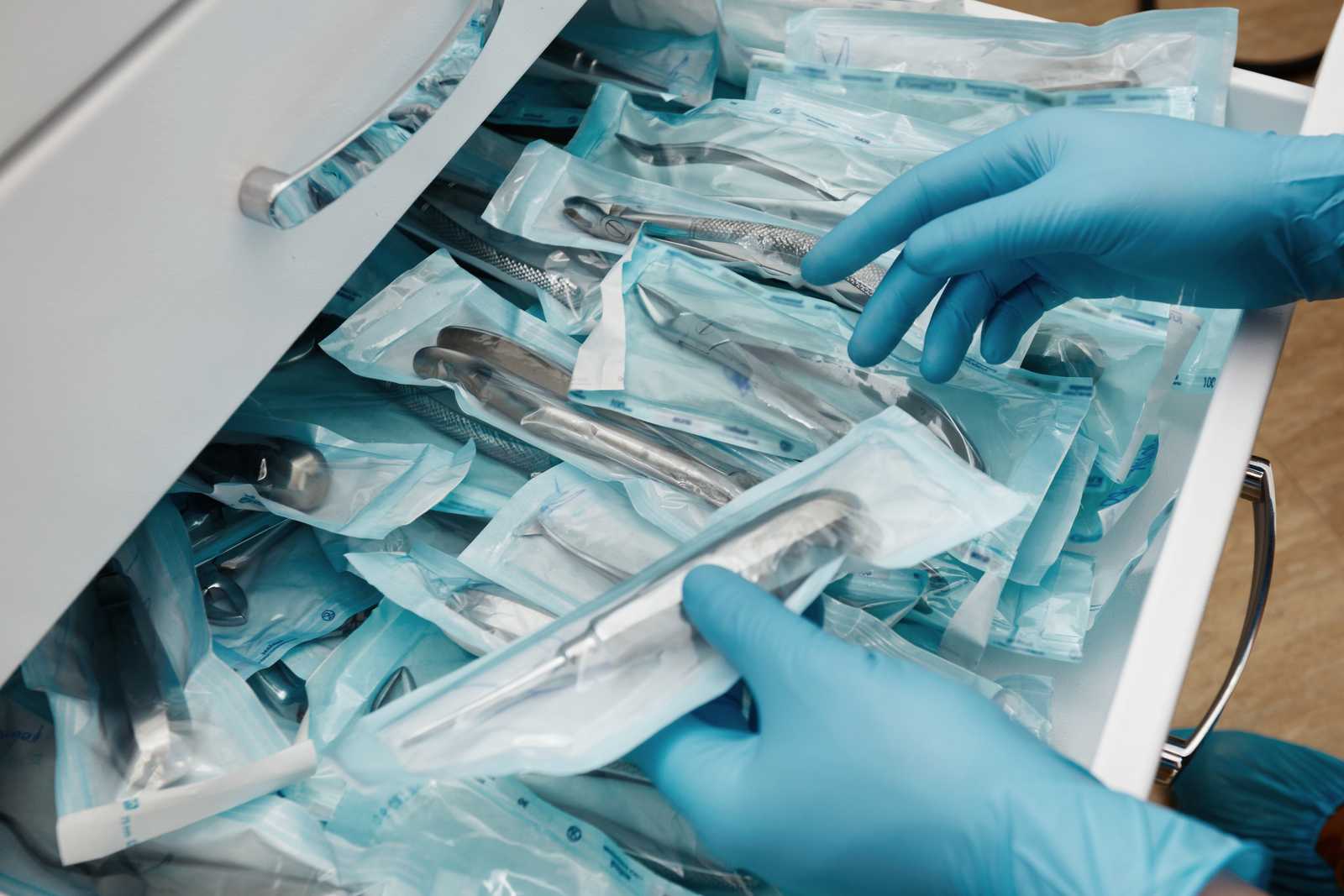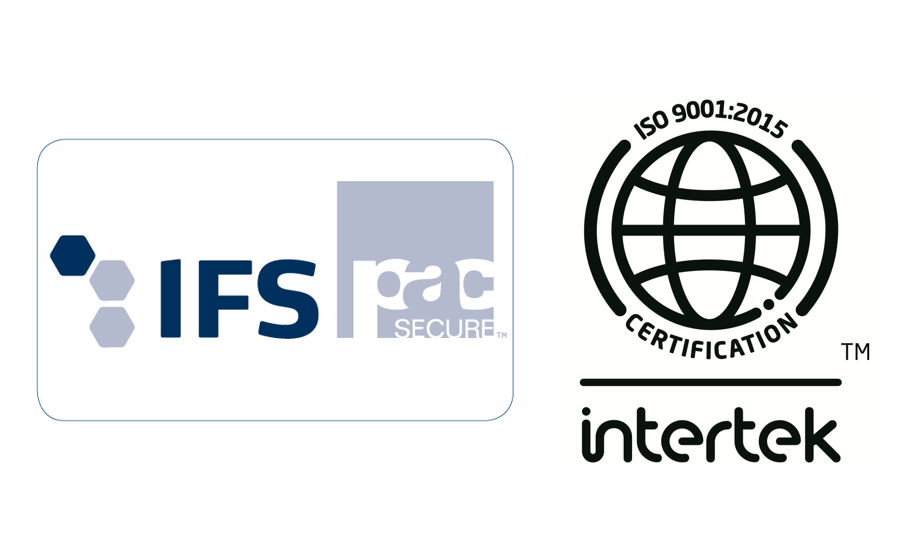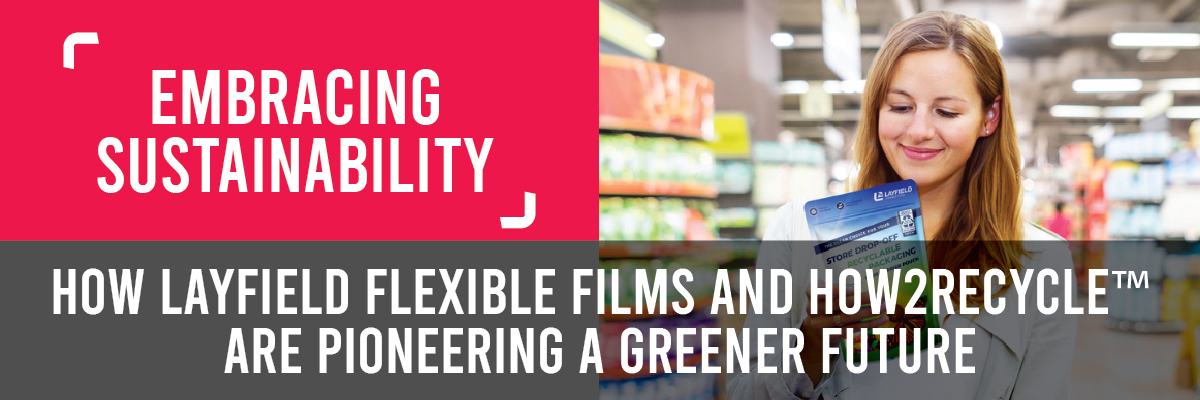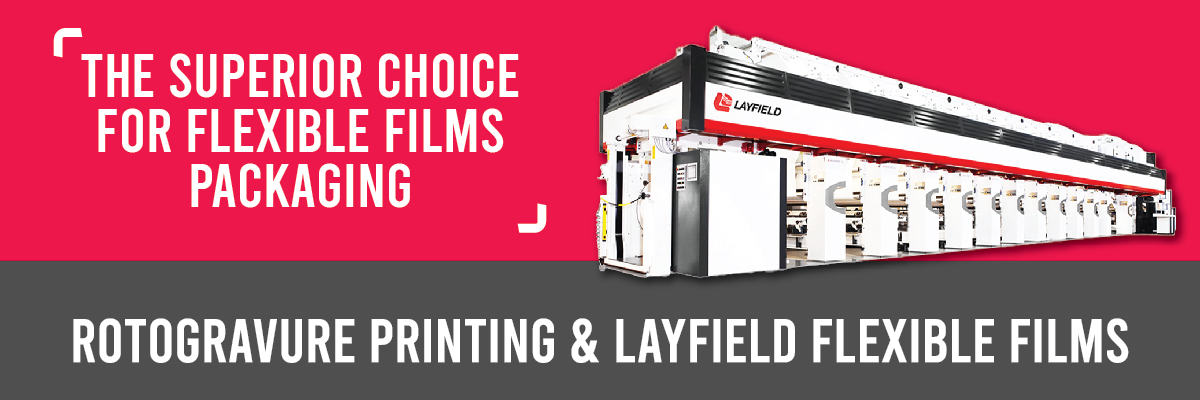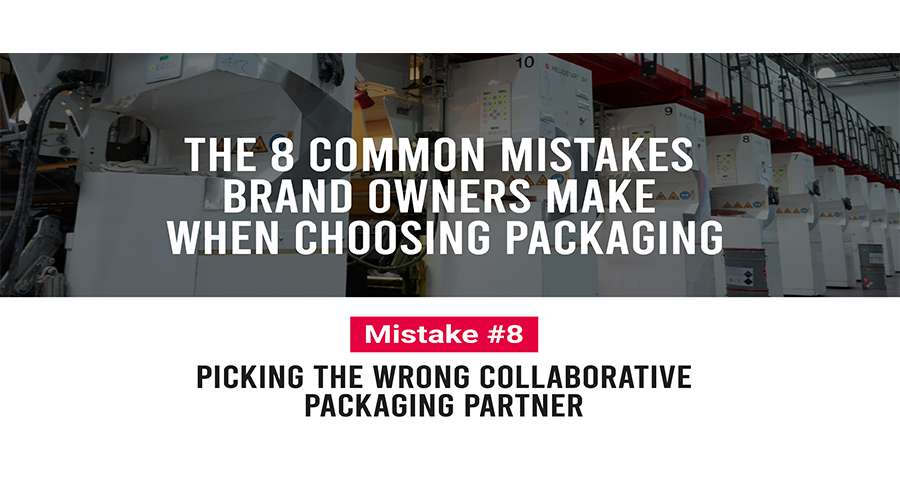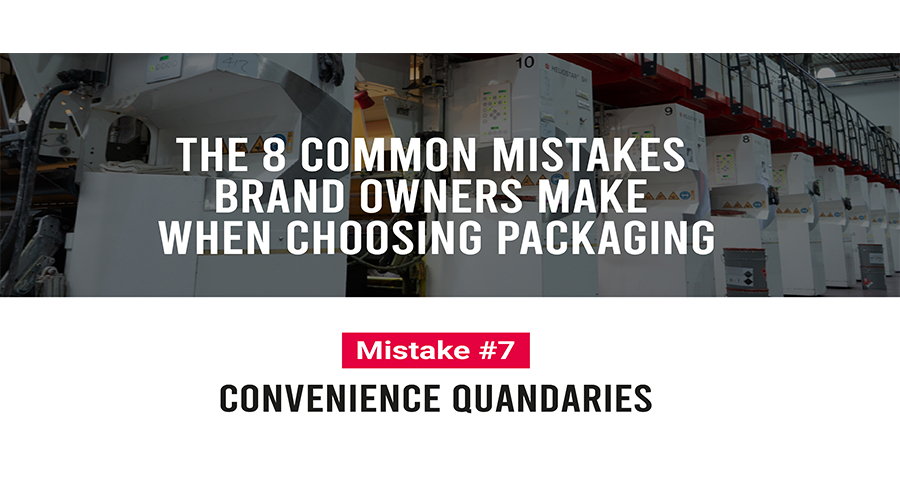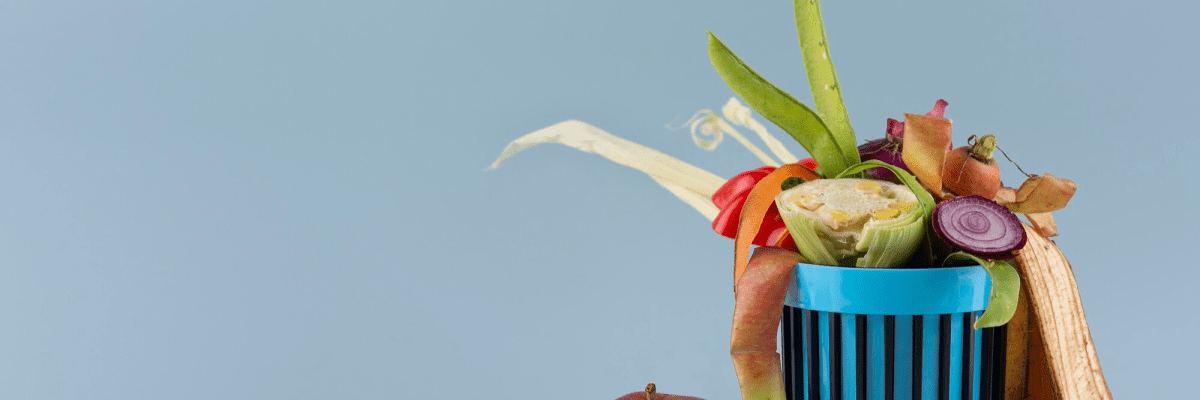Food waste is a global crisis. According to the United Nations Food and Agriculture Organization (FAO), approximately one-third of all food produced—around 1.3 billion tons—is wasted annually. This waste contributes to an estimated 8-10% of global greenhouse gas emissions. While many strategies exist to combat this issue, flexible packaging is one of the most effective and often overlooked solutions.
How Flexible Packaging Reduces Food Waste
Flexible packaging, particularly those incorporating high-barrier films, plays a crucial role in extending the shelf life of food, preventing spoilage, and ultimately reducing waste. High-barrier films create a protective shield around perishable goods, limiting exposure to oxygen, moisture, and contaminants, key factors in food deterioration. For instance, vacuum-sealed flexible packaging can extend the shelf life of fresh meat by up to 300% compared to traditional packaging.
A Flexible Packaging Association (FPA) study found that foods packaged in high-barrier materials last significantly longer than those in conventional rigid containers. For example:
- Cheese stored in flexible vacuum-sealed bags stays fresh for 60% longer.
- Packaged produce, such as pre-cut salad, retains freshness for up to 10 days longer in breathable film packaging.
- Cereals and snacks remain crisp and unspoiled for extended periods thanks to moisture-resistant layers.
By preserving food for extended periods, flexible packaging helps minimize consumer waste, where most food waste occurs—nearly 40% in the U.S. alone, according to the USDA.
Environmental Benefits Beyond Waste Reduction
Beyond reducing food waste, flexible packaging also provides environmental benefits related to transportation and carbon emissions. Due to its lightweight nature, flexible packaging requires fewer resources to produce and transport compared to traditional packaging materials such as glass or rigid plastics.
Consider these statistics:
- Flexible packaging weighs up to 70% less than rigid alternatives, leading to significant fuel savings in transportation.
- A life cycle assessment by the FPA found that transporting food in flexible packaging results in up to 50% fewer CO2 emissions than transporting the same products in glass or tin.
- Reduced material usage means less landfill waste, as flexible packaging typically requires less than half the energy to produce compared to rigid containers.
A Sustainable Path Forward
While packaging waste is a concern, the benefits of flexible packaging in preventing food spoilage outweigh its environmental impact when properly managed through recycling and waste recovery programs. Advances in recyclable flexible packaging continue to make the industry more sustainable. By integrating innovative solutions, such as improved collection systems, flexible packaging can contribute to a circular economy while significantly reducing food waste.
Conclusion
The fight against food waste requires a multi-faceted approach, and flexible packaging is a critical tool in this battle. Flexible packaging plays a pivotal role in global sustainability efforts by extending shelf life, reducing transportation emissions, and minimizing waste. As technology advances, continued innovation in packaging materials will further enhance its environmental benefits, helping to create a world where food is used efficiently, not wasted.
Related Articles
View All News

